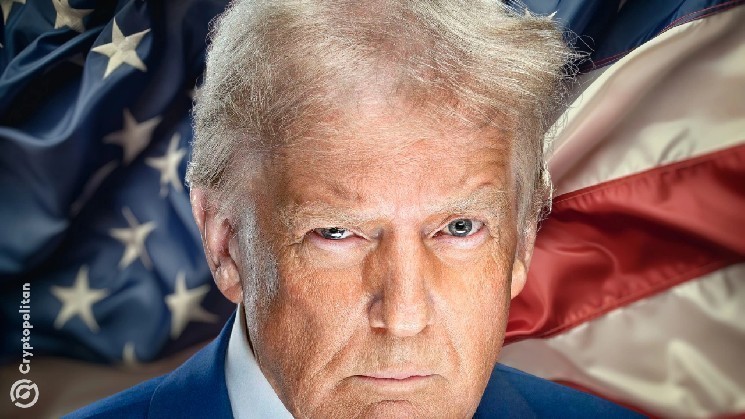The recent Supreme Court ruling has solidified the legal protection surrounding the Federal Reserve, preventing President Trump from removing its board members. This decision, made in a 6-3 ruling, clearly delineates the boundaries of presidential interference with federal institutions.
While Trump has the authority to dismiss officials from certain federal boards, the court emphasized that the Federal Reserve is exempt from such actions. The justices upheld Trump’s ability to fire Gwynne Wilcox and Cathy Harris from the National Labor Relations Board and Merit Systems Protection Board, respectively. However, they made it clear that this ruling does not extend to the Federal Reserve and its board members.
The court’s opinion highlighted the unique structure of the Federal Reserve as a quasi-private entity with historical significance. This distinction sets the Fed apart from other federal agencies and grants it special legal protection. The justices indicated that any future attempts to challenge the removal of Federal Reserve officials would not be supported by the court.
Despite dissent from the liberal justices, the majority held firm in their decision to allow Trump to dismiss Wilcox and Harris. The ruling underscored the Fed’s independence from presidential authority and emphasized the potential harm of allowing removed officers to continue exercising executive power.
In light of this ruling, it is evident that the Federal Reserve occupies a distinct position within the government’s structure. Chairman Jerome Powell, who has faced criticism from Trump in the past, has reiterated the Fed’s legal insulation from presidential interference. The court’s decision serves as a clear message that the Federal Reserve’s autonomy and independence are paramount.

